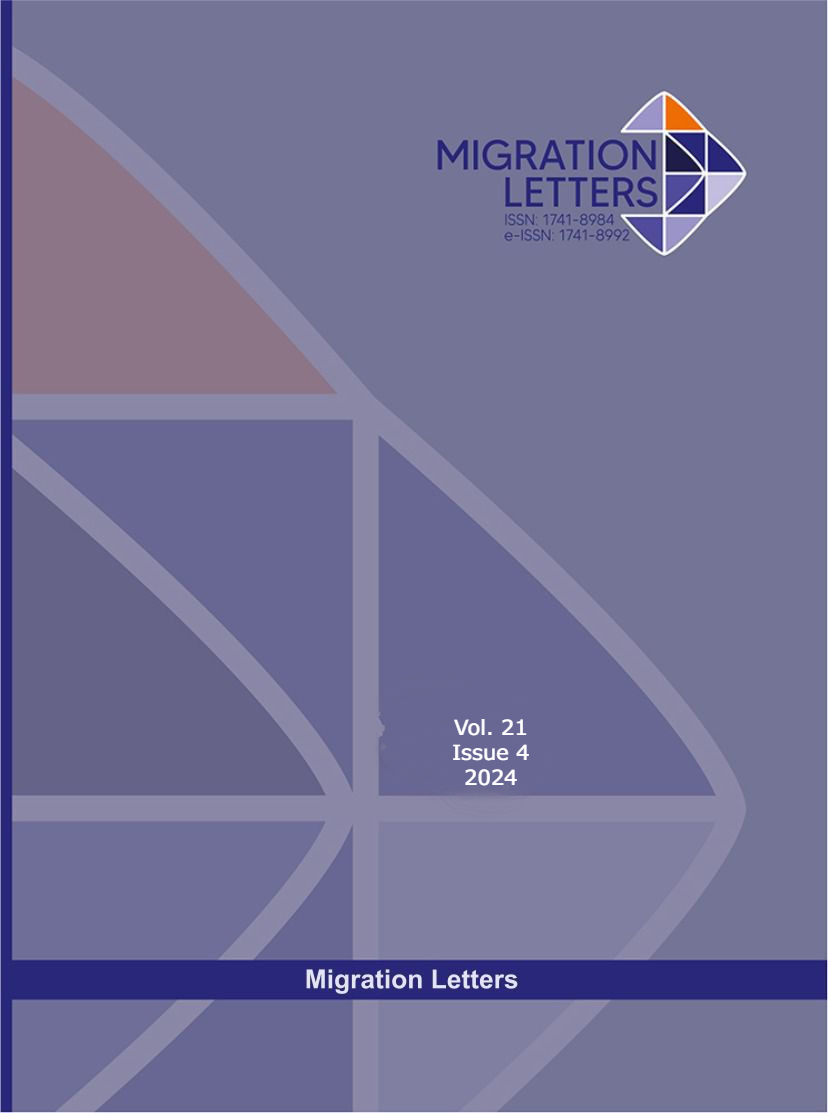Adsorption of Sudan III Dye onto Commercial Bentonite: Optimal Conditions, Isotherm Modeling, and Kinetic Analysis
Abstract
In this research, a cost-effective and highly efficient technique was employed to removal of Sudan III dye using a commercially available bentonite (CB). The greatest concentration of dye on the surface was measured to be 25.03 mg.g-1 when 50 mg of adsorbent was used, and it was found that 1.0 was the most acceptable pH for the adsorption process. The Langmuir isotherm, which defined the adsorption process, showed that the active sites in charge of adsorption were chosen at random. The results of the calculations showed that the enthalpy (∆H), entropy (∆S), and adsorption capacity (qmax) were, respectively, 107.3 mg.g-1, 19.7 KJ.mol-1, and 54.7J.mol-1. According to the pseudo-second-order (PSO) model, both thermodynamic and kinetic analyses showed that the adsorption process was not spontaneous but rather involved physical adsorption.
Metrics
Downloads
Published
How to Cite
Issue
Section
License

This work is licensed under a Creative Commons Attribution-NonCommercial-NoDerivatives 4.0 International License.
CC Attribution-NonCommercial-NoDerivatives 4.0






